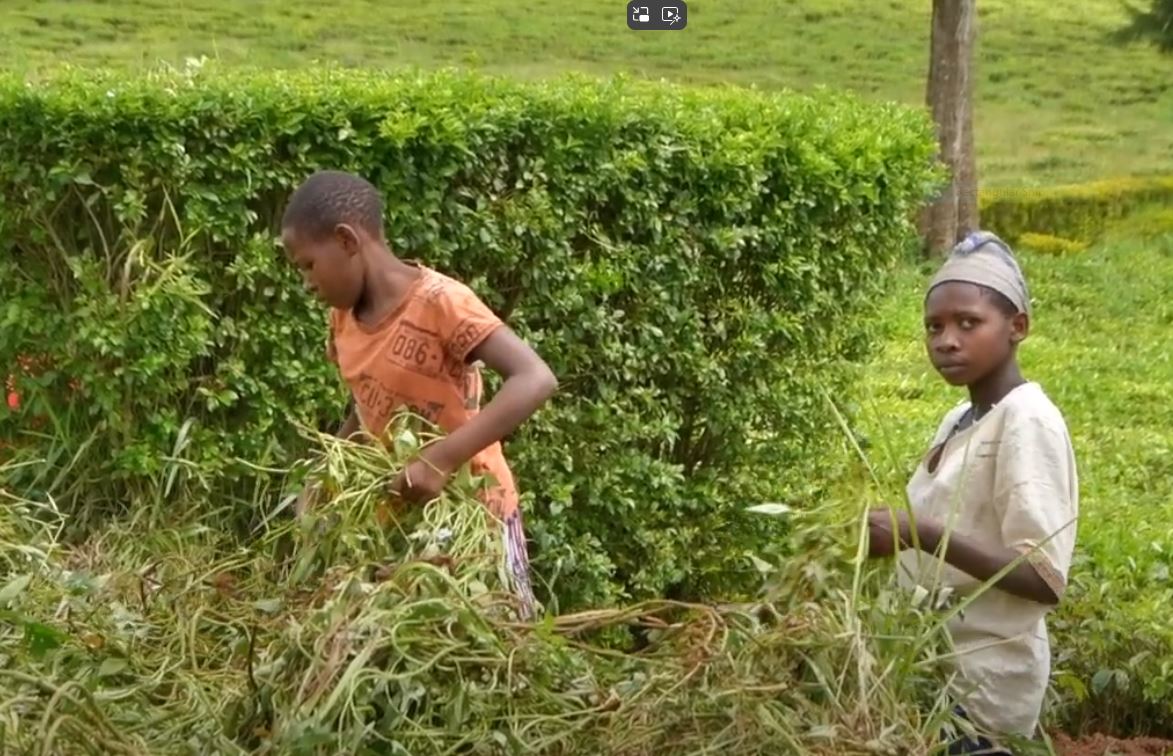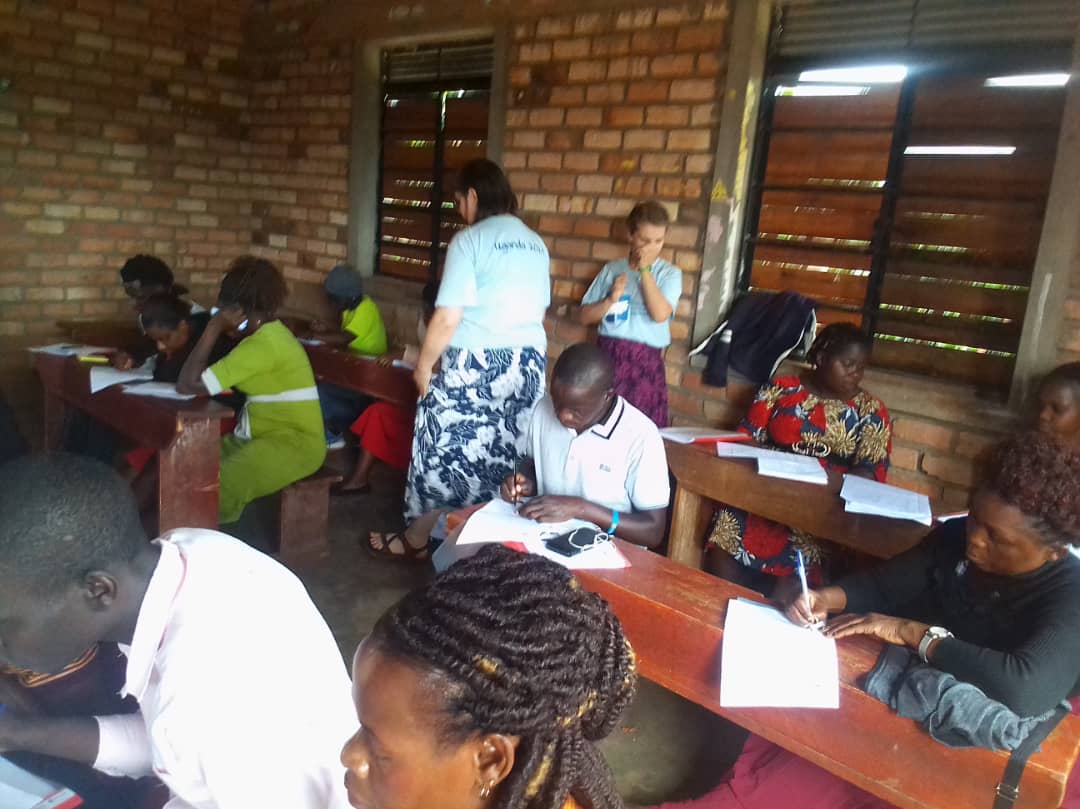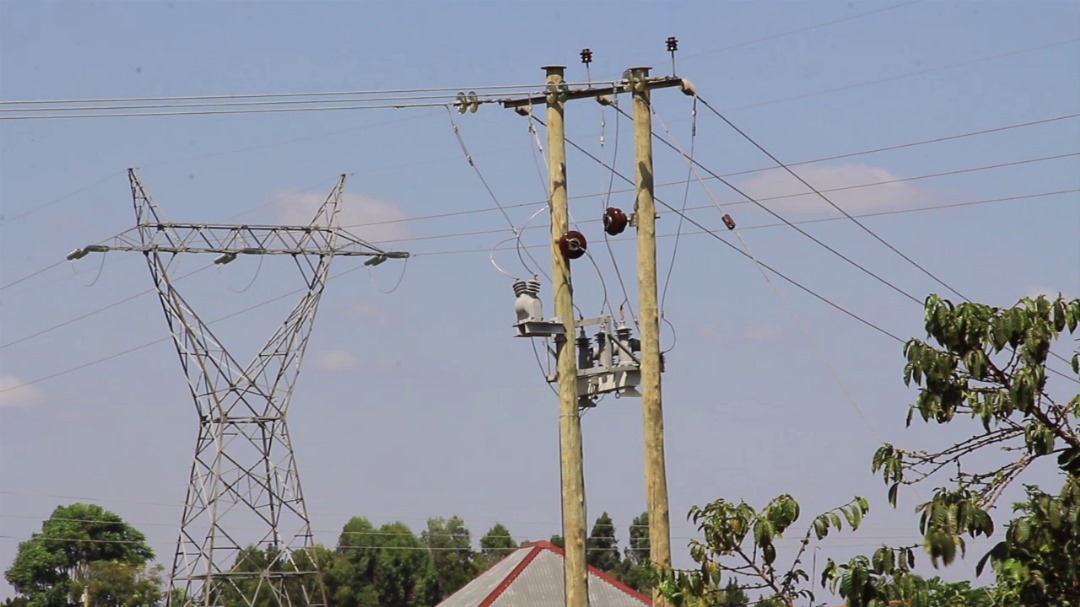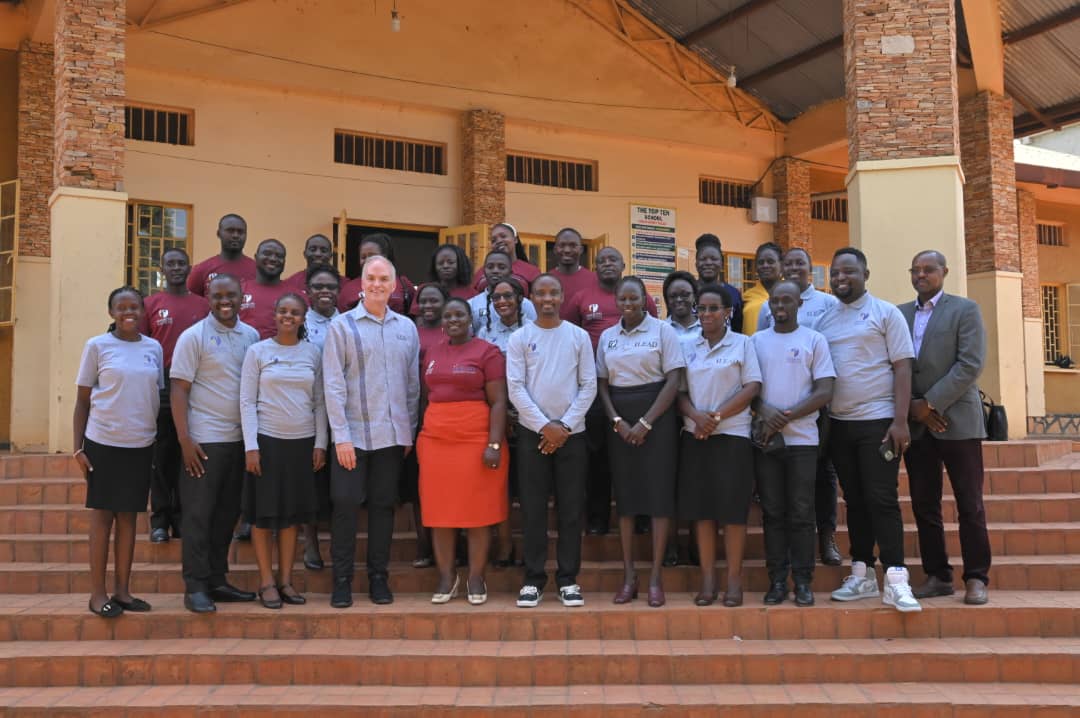Child labour in coffee, tea supply chain at alarming 75%

A 2024 value chain analysis by Accel Africa has shown alarming rates of child labour in coffee and tea supply chains, with figures ranging between 20 percent and 75 percent.
This revelation has prompted Accel Africa to call for urgent action to eradicate child labour in these sectors.
The call to action was made during a stakeholders’ meeting focused on accelerating efforts to eliminate child labour in African supply chains.
Jackie Banya, project manager at Accel Africa, said child labour remains a pervasive issue in sub-Saharan Africa..
"The number of affected children reached 92.2 million in 2020, a significant increase from 72.1 million in 2016," she said.
In recent years, Uganda has demonstrated a strong commitment to eliminating child labour through various initiatives and policy frameworks.
"Uganda has demonstrated a renewed commitment to eliminating child labour through various initiatives and policy frameworks," Banya said.
She noted that the government finalised and launched its second National Action Plan (NAP) on eliminating the worst forms of child labour (2021-2025) and reviewed its National Child Labour Policy.

These efforts are part of Uganda's broader participation in Alliance 8.7 as a Pathfinder Country and the adoption of the National Development Plan (NDP II) during the International Year for the Elimination of Child Labour (2021).
‘’Despite these efforts, recent data indicates persistent challenges in combating child labour in Uganda," Banya said.
"The majority of child labour (94.9 percent) occurs in the agricultural sector, particularly in subsistence and commercial agriculture like coffee and tea production.’’
Banya said stakeholders should focus on financial inclusion to address the root causes of child labour by empowering families to escape poverty and achieve economic security.
"Stakeholders should embark on financial inclusion which plays a crucial role in tackling the root causes of child labour by empowering families to escape poverty and achieve economic security.’’
According to the World Bank, access to financial services in Uganda increased from 59 percent to 66 percent between 2017 and 2021.
However, significant challenges remain, including gender gaps and a heavy reliance on cash payments.
Estimates from the 2021-2022 Uganda National Labour Force Survey show 6.2 million children engaged in child labour, representing 40 percent of children aged 5-17.
The Uganda National House Survey (UNHS) 2019/2020 reported 2.7 million children in child labour, accounting for 17.5 percent of children in the same age group,
"Combating child labour requires a multifaceted approach that goes beyond monitoring and cleaning up workplaces, it involves tackling the underlying causes of child labour, including poverty and lack of access to education and economic opportunities," Banya said.
Experts say a collaborative effort from all stakeholders, including government, private sector, and civil society, is essential to create a future where children are free from exploitation and can thrive in safe, supportive environments.














